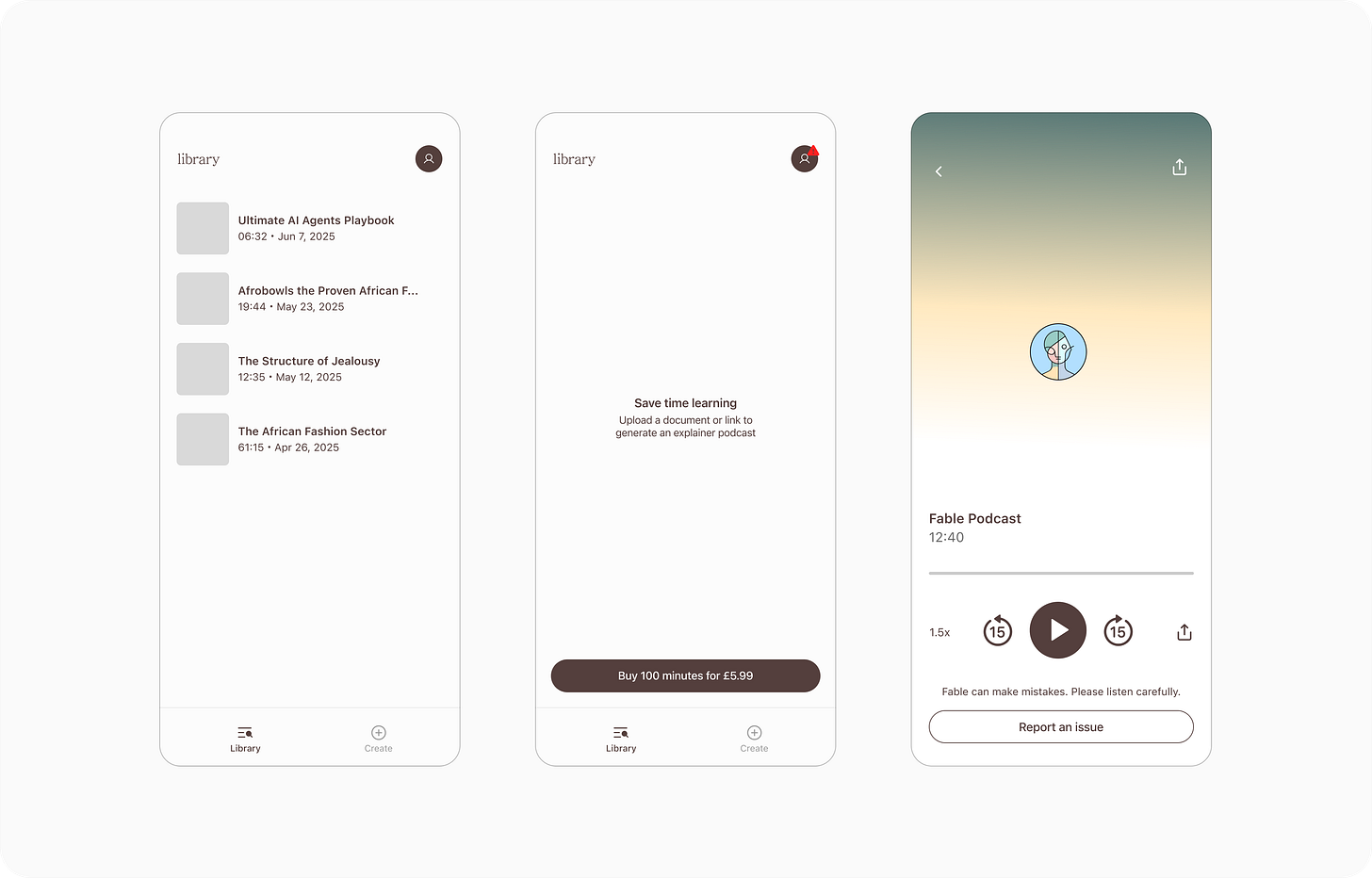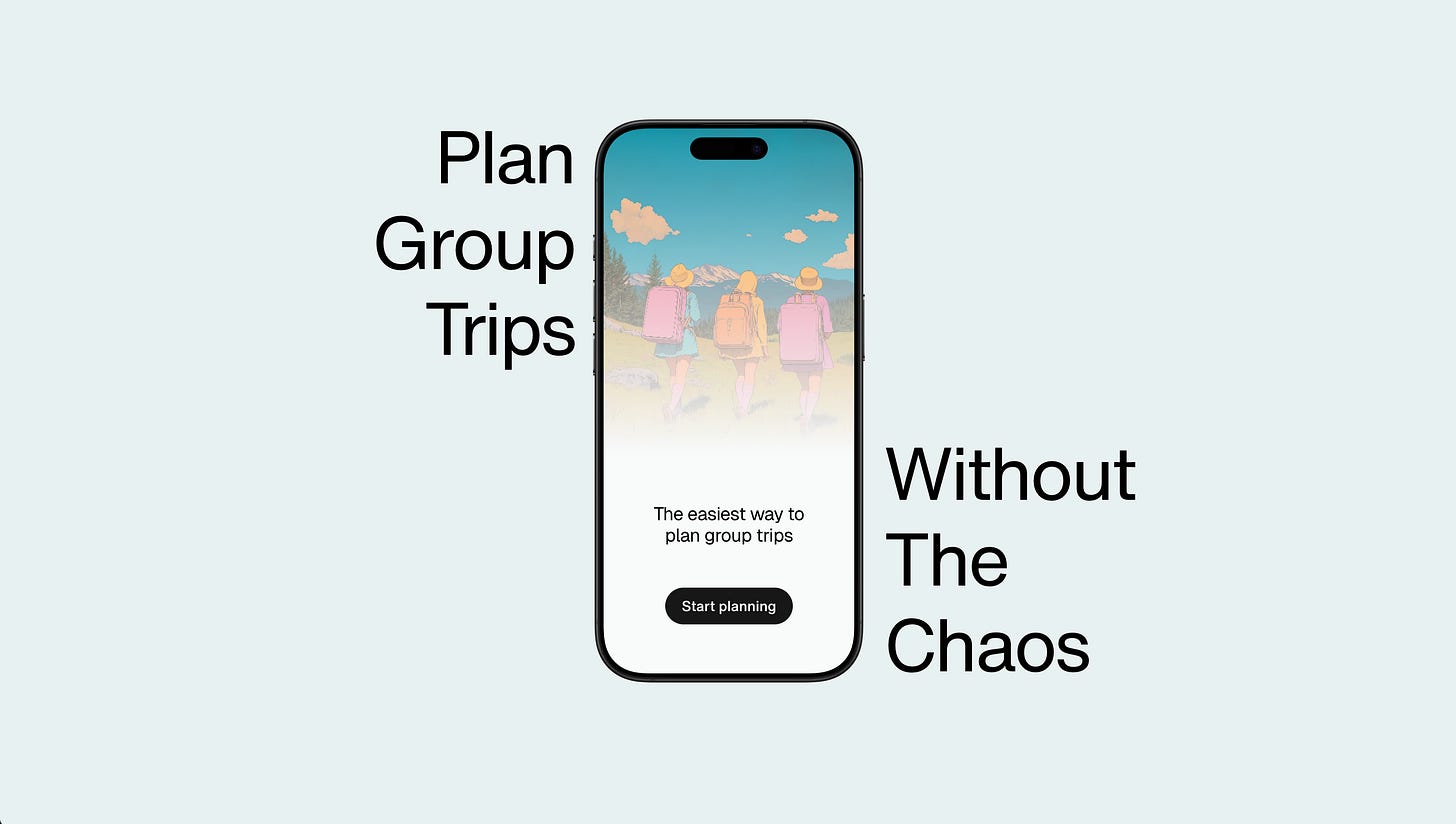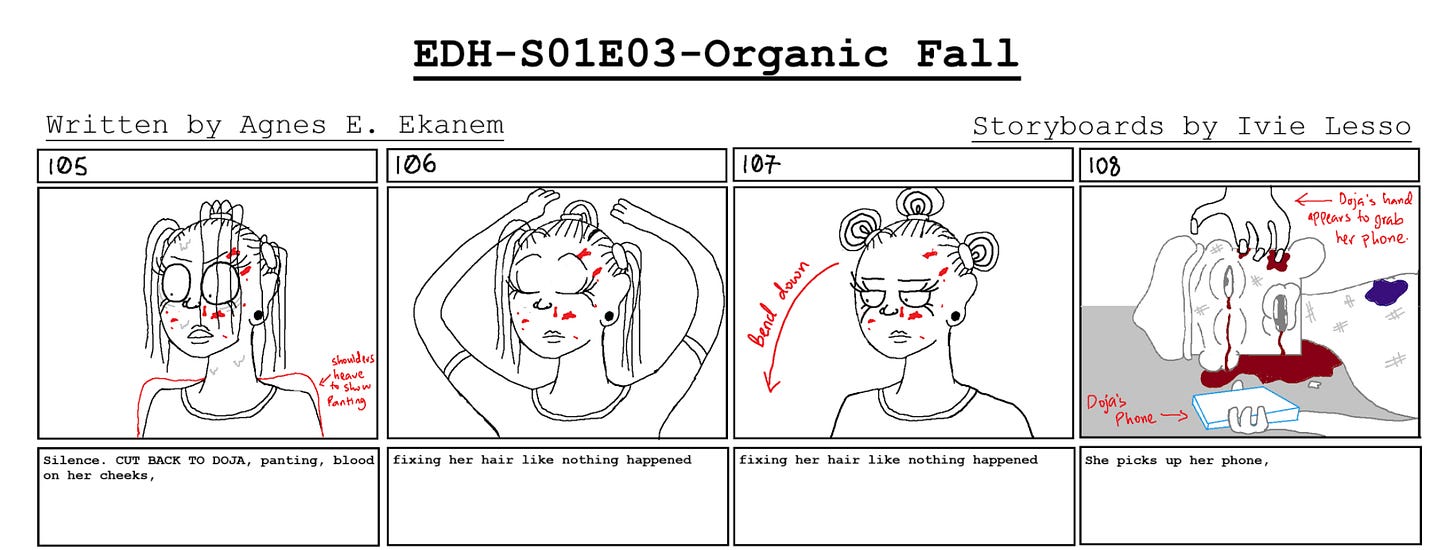Recap: Jul 2025
Ads, new software, and animation as community
I’m breaking out the digest to make things simpler. This series (Recap) will snapshot the studio every quarter or so, while curated links (Tidings) will be published as one-offs.
My first job was at a startup called Cart.ng. We helped mom-and-pop businesses set up Wordpress stores. Years later, I led the team that designed and launched Paystack Commerce, a software suite for creators. Both experiences, I’d say, shaped my early perspective on selling online.
That perspective has expanded a lot recently, thanks to Main Squeeze. As our partnership with the growth agency comes to an end, I reflect on it as a crash course on Meta ads. eCommerce is a different world from SaaS, and involves its own unique set of dogmas. Working with the agency has exposed us to the tools, language, and systems of performance marketing.
We've also hired someone at the studio to lead this work. Roqs brings experience from an ad agency to the team and is eager to take on this growth challenge with us. This brings the group to eight: two directors, one PM, two engineers, one designer, one social media manager, and one marketer.
Main Squeeze
Last month, we reached 100 orders on Main Squeeze! We’re now getting anywhere between 1-3 orders every day, and have grown to over 1k followers on social. We also recently got featured on The Hollywood Reporter and Thing Testing.
Although our brand marketing work is paying off, we have limited resources to invest and results aren’t predictable. So we’re relying on performance marketing to sustain the business in the short term.
The idea is: with a repeatable ad strategy, we can project future revenue and practically approach sustainability.
The process is at once scientific and intuitive:
Publish multiple ad concepts based on a mix of informal consumer science and practical feedback from social media. An ad concept can be an image or video, some of them done in collaboration with influencers.
Through this experimentation, discover a “winning creative” i.e. a consistently high-converting ad (or set of ads). It should be established that investing x in this creative will result in Nx of revenue.
Track the entire funnel — from seeing the ad to completing purchase — and optimise each step for best results.
In the industry, the ratio N is known as ROAS (return on ad spend).
It goes deeper—into variants, heatmaps, bundling, retention and a lot more acronyms. But we’re students of the game, and school is still in session.
Fable
Fable has been live on the app store for about three months now. There was some activity in April and May, but largely things have been quiet. Our marketing lead also left to run his own startup, so we took some time to regroup.
We’re gearing up to launch a new version of the app in early August. We’re refining the design and positioning. We’re also adding a few pro features.
Again, the goal here is to learn how to generate revenue from a software product without external funding. I’m also taking this as an opportunity to establish a solid team for software production.
GRVL
Late last year, we took on GRVL, an app for planning group trips. This was our first consulting gig, and it has been quite the experience. It took almost twice the time I expected, but we’re finally done!
Check it out at grvl.ai.
E Dey Happen
I’ve been so impressed with the E Dey Happen team. They’re publishing work-in-progress, sharing behind-the-scenes, recording podcasts and building community while making a pioneering animated series.
As I see it, Nigerian animation is currently split into two categories:
fast-food: skit-makers with funny, culturally relevant content. It’s usually low production, quick turnaround and often topical. They’re brilliant and sometimes poignant, but not rooted in any long-term storytelling.
prestige: studios looking to make big original stories that either involve some sci-fi or mythical themes. Used to be just a lot of trailers, but recently, a few collaborations have made it to the big screen.
E Dey Happen represents a separate, third category: animation as a collaborative, community project. A third space, if we really stretch it.
Take this interview with Astor, for example, where he talks about his backstory, the collaborative process, and more.
Or this one where they break down every character in the universe.
Or this comment from Eris:
This project has taken years. I started E DEY HAPPEN at 24. I’m 27 now. We’ve released two episodes, and every second has been worth it. Creating this has kept me alive, focused, inspired. I thought I’d outgrow cartoons. Joke’s on me. Animation is my lifeline.
I can go on, but you get the idea. This is very different. This is very new.
The team is actively developing the third episode and I can’t wait to see it. In the meantime, you can sign up for merch.
I never really know how to end these things, as they tread the line between journalling and publishing.
Although we’re making progress and learning a lot, we’re still not sustainable. And honestly, that’s the biggest thing on my mind these days.
I know we’ll figure it out, but I really can’t wait. Much respect to entrepreneurs all over the world; doing business is tough shit.








always love reading these reflections on process + you write so clearly 💎